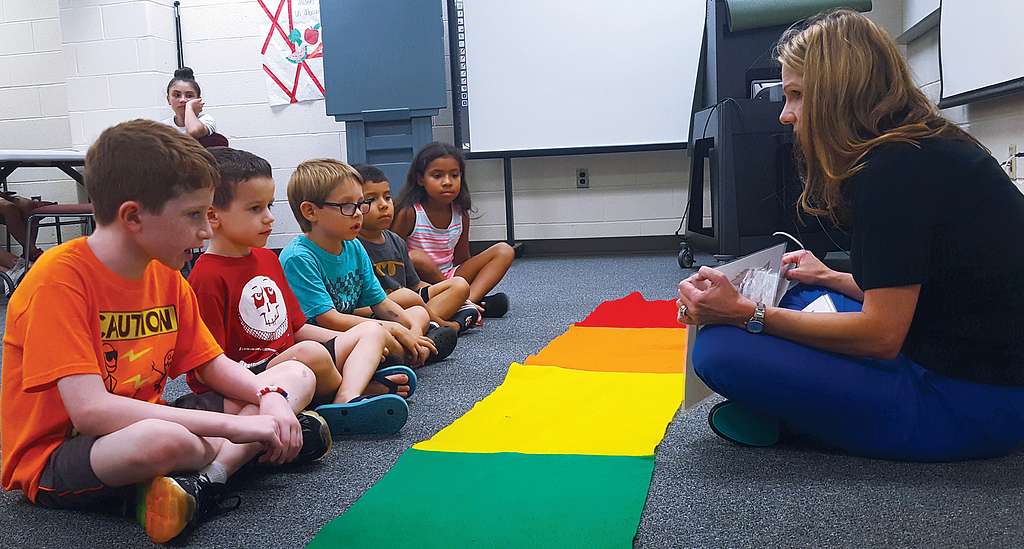Have you ever said, “Whoops, sorry I totally lost track of time! One minute I was playing chess with a mate and the next it was past my bedtime”? No? me neither, but IF you’ve ever been in the zone, you’ve experienced FLOW. It’s the ultimate condition where you have a level of skill to match a challenging task. The task is not too challenging for your skill level that you get anxious and not too easy that you’ll fall asleep before long if you keep it up. Check out the article I wrote on it HERE to understand it better.
FLOW is a positive psychology concept that was coined by Mihaly Csikszentmihalyi, a Hungarian-American psychologist who studied happiness and creativity. He defined FLOW as the state of complete absorption in an activity that is challenging yet rewarding, and it is a mental state where individuals feel fully engaged and focused on what they are doing.
FLOW isn’t just for a specific group of people. It doesn’t matter if you’re old or young, living with or living without a disability, male or female, or even like to play cards on the weekend with your other mate who hates chess, anyone can experience it. FLOW is a powerful tool that can even help high school students achieve a sense of fulfilment and wellbeing in their daily lives.
Here are ten ways that your students (of any age) can use FLOW to improve their mental health and performance:
1. Find your passion:
FLOW occurs when you are doing something that you enjoy and that challenges you. Therefore, finding your passion is essential to experiencing flow. High school students should explore their interests and try different activities to find what they are passionate about.
2. Set challenging goals:
FLOW occurs when the challenge of the task matches your skills. Therefore, setting challenging goals that require you to stretch your abilities can help you achieve a state of FLOW. High school students should set realistic yet challenging goals that are meaningful to them.
3. Practice mindfulness:
FLOW requires complete focus on the task at hand. Practising mindfulness can help you stay present and focused, which can help you achieve a state of flow. High school students can practice mindfulness by meditating, taking deep breaths, and focusing on their senses.
4. Eliminate distractions:
FLOW is disrupted by distractions. Therefore, high school students should eliminate distractions, such as social media notifications, while they are trying to achieve a state of flow.
5. Embrace failure:
FLOW is not always easy to achieve, and failure is a natural part of the learning process. High school students should embrace failure and use it as an opportunity to learn and grow.
6. Find a flow-inducing environment:
FLOW is more likely to occur in an environment that is conducive to it. High school students should find a quiet and comfortable place to work, with minimal distractions.
7. Take breaks:
FLOW is a mental state that requires energy and focus. High school students should take breaks to rest and recharge their energy, allowing them to return to their task with renewed focus and vigour.
8. Celebrate progress:
FLOW can be elusive, and progress can be slow. High school students should celebrate their progress along the way, no matter how small it may be. Celebrating progress can help you stay motivated and focused on your goals.
9. Collaborate with others:
FLOW can occur in collaborative settings. High school students should collaborate with others on projects or tasks that require collective effort.
10. Practice gratitude:
My fav! FLOW is a state of mind that is associated with positive emotions. Practising gratitude can help you maintain a positive mindset and increase the likelihood of experiencing flow. High school students can practice gratitude by keeping a gratitude journal or expressing gratitude to others.
FLOW is a powerful tool that can help high school students achieve a sense of fulfilment and wellbeing in their daily lives. By finding their passion, setting challenging goals, practising mindfulness, eliminating distractions, embracing failure, finding a flow-inducing environment, taking breaks, celebrating progress, collaborating with others, and practicing gratitude, high school students can experience FLOW and improve their mental health and performance.
That’s it from me, I hope you can take this into your class to help your students get the best out of their days with you.





